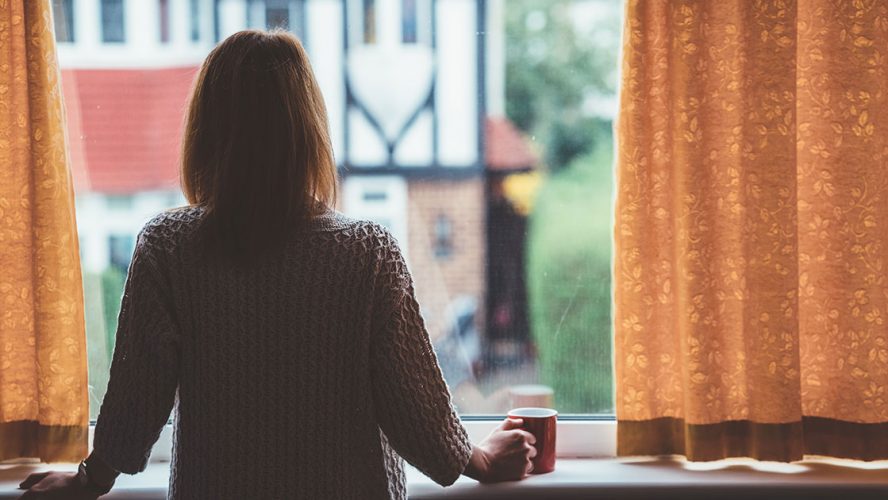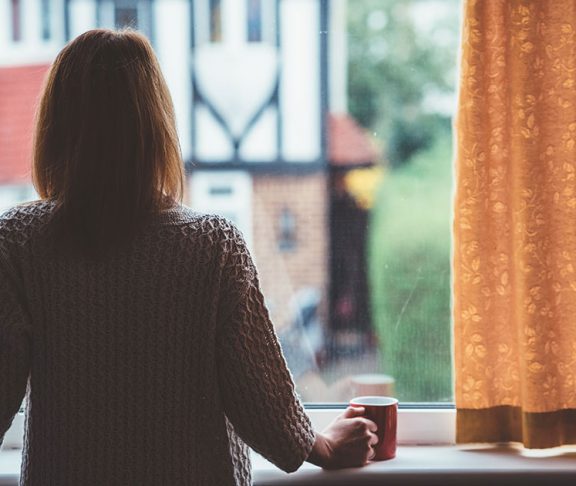
Janice Nolen
National Assistant Vice President, Policy, American Lung Association
Should you be concerned about something invisible from nature showing up in your home? You should be, if it’s radon.
Radon is an odorless, invisible gas that occurs naturally and hides in homes. It’s also the nation’s second-leading cause of lung cancer. Any home can have dangerous levels of radon, regardless of where it’s located or when it was built.
According to the U.S. Environmental Protection Agency (EPA), nearly 1 out of every 15 homes in the United States has hazardous levels of radon. That’s why it’s so important to know the truth about radon.
Here are some common myths and the American Lung Association’s best advice on how to protect yourself:
Myth #1: Radon is not actually dangerous
The U.S. Surgeon General has determined that radon is the second leading cause of lung cancer. While it is invisible, radon is also radioactive. Exposure to high levels of radon over time can cause lung cancer. Radon-related lung cancers are responsible for an estimated 21,000 deaths every year in the U.S.
Myth #2: Radon is not a problem in my community
Dangerous radon levels have been found in homes across the country. Your home can have higher levels of radon, while your neighbor’s home is safe. Because radon comes from rock and soil, it can be found anywhere and in any part of the nation. Radon comes in the house or building through cracks in walls, basement floors, foundations, and other openings, and can occur at cancer-causing levels indoors. The only way to know if your home has too much radon is to test. Everyone should test their home for radon.
Myth #3: It’s too expensive to test for radon or fix your radon problem
Various forms of do-it-yourself test kits are simple to use and inexpensive. Larger buildings, including schools and daycares, may need professional help to do the testing. For more information about getting test kits, go to Lung.org/radon.
Fixing radon in your home usually costs between $500 and $2000 – about the price of a new laptop or television. You can get expert help to fix your home.
Myth #4: Our schools are safe from radon
Most states do not require radon testing in schools, but more are starting to test. Kids, teachers, and other staff can be exposed to hazardous levels of radon. A nationwide survey of radon levels in schools from 1993 found nearly 1 in 5 schools had at least one classroom with dangerous levels of radon. Newer testing continues to show high levels of radon in many classrooms and schools.
Learn more about protecting yourself and the ones you love at Lung.org/radon.


